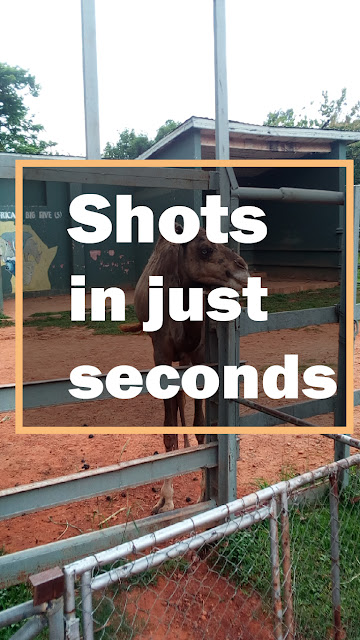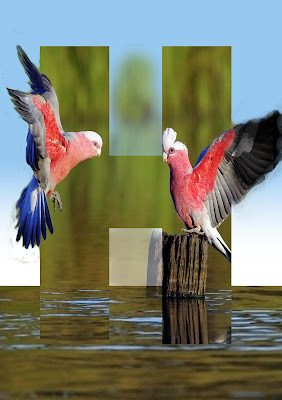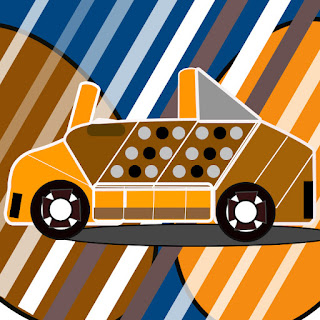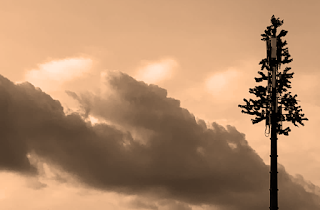Cameras come in different varying features and complexity which at times can make it very difficult to handle efficiently for the first time. Is it Canon EOS R6 Mark II, Canon EOS 5D Mark iv, Sony a7 III, Nikon Z 50, it can be a bit of a challenge handling a camera for the first time particularly if you haven't used that kind of model before.
Despite the sorrowful feeling a person might face in such an unfortunate moment, there are always remedies to solve the problem. Read to the end and get to know the quick easy steps to undertake in such a moment to avoid down-heartedness.
Handling an unfamiliar camera model for the first time?
Do these to avoid embarrassment!
1) Locate the power button
It sounds so easy but that isn't really the case when under a lot of pressure and you can't switch on a camera handed over to you for an instant shoot. For a fact, no one knows it all but upon receiving a camera you have not handled before, try locating the power button and it is mostly indicated by a power button icon or an 'ON/OFF' text. The camera is now on and you can further proceed with the next very easy but significant step to making sure you avoid embarrassment at all costs.
2 ) Locate the mode dial and switch to auto
Every DSLR camera which comes in varieties has various shooting modes like Manual, Shutter Priority, Aperture Priority, and Auto modes.
On/Off button and the mode dial. On this camera, the auto mode is the P
The manual shooting mode gives a photographer the luxury to choose his own settings like shutter speed, aperture and ISO which comprise the exposure triangle.
Shutter priority is a mode in which the photographer selects his shutter speed and the camera decides the rest depending on the available conditions.
Aperture priority: The lens opening is determined by the photographer and the camera automatically decides the shutter speed.
Auto mode is the only mode in which the camera decides the various settings for the exposure triangle depending on a specific environmental condition. This is the easiest of all the modes even though it does not produce the result anticipated.
Once you are able to locate the mode dial on the new camera at hand, switch to auto mode so you can quickly take some number of shots even if the desired image is not gotten at that moment. An experienced photography artist narrated how even with his years of experience working in media houses and on freelance gigs still at times encountered challenges in this regard.












Comments
Post a Comment
Share your views on this insightful content